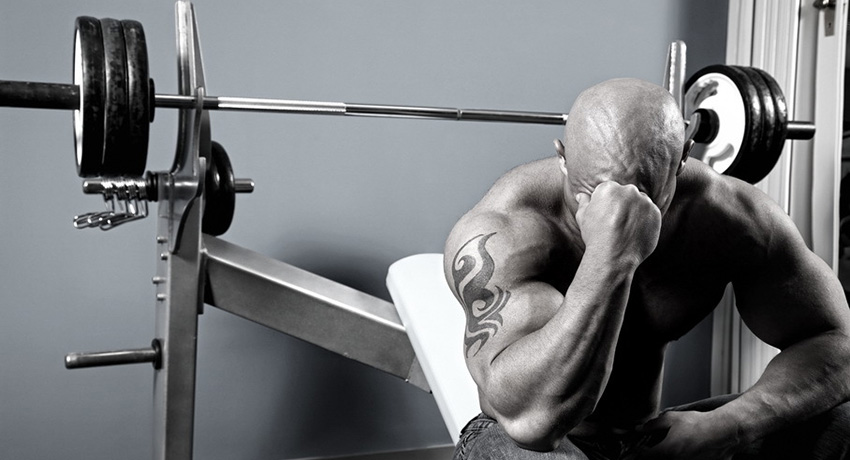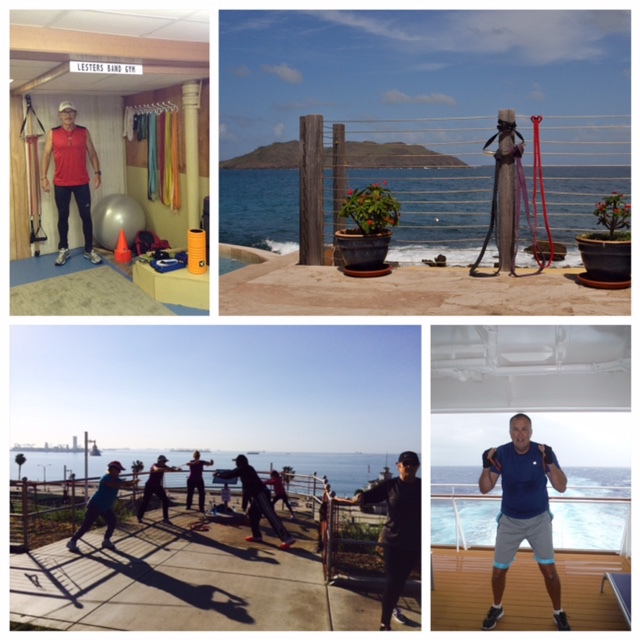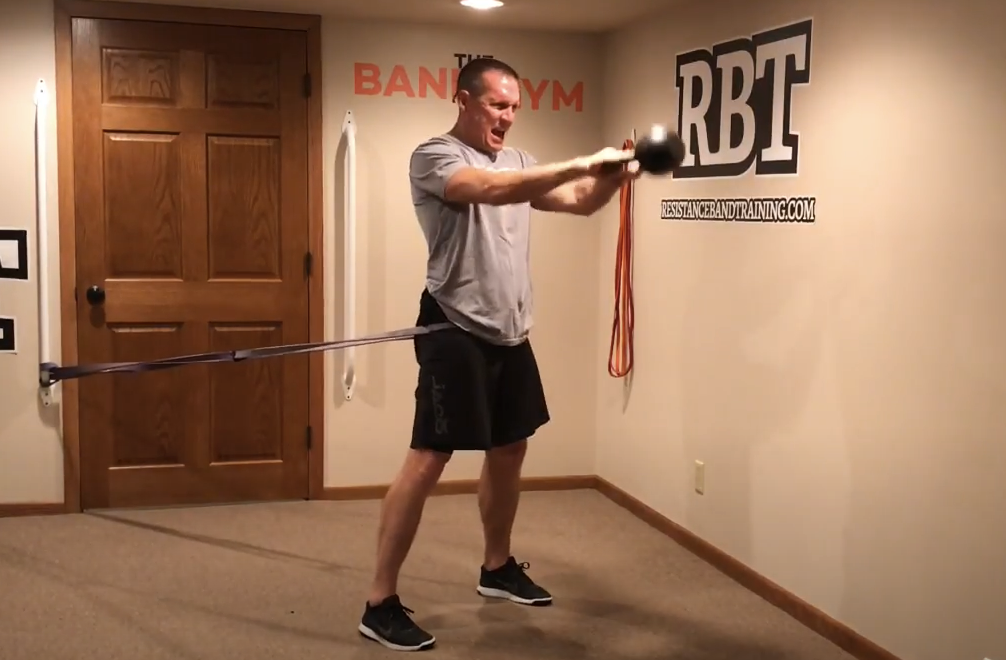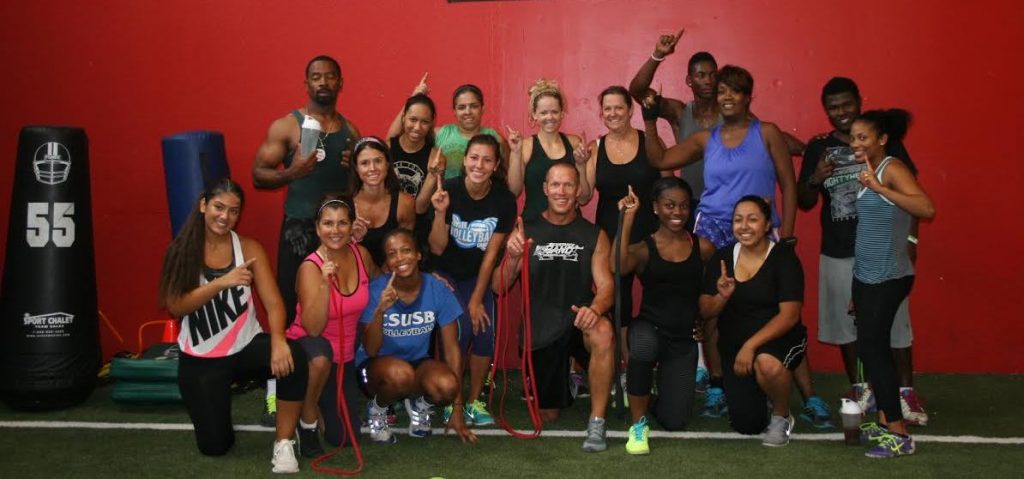Is Weightlifting Beating You Up?
Earlier in my life, when I was in my twenties and thirties, I regularly enjoyed doing challenging weight lifting workouts. However, as I continued working out with heavy weights, there were times that my workouts would hurt my body more than they helped it. Over time, as a physical therapist, I have come to realize that when that happened, there were 6 key indicators that could tell me if those injuries were being caused by weight lifting, or by something else.
6 Key Indicators Weightlifting Could Be Beating You Up
1. You struggle with frequent soft-tissue injuries
Workouts should not create medical diagnoses. Tendinitis and bursitis are injuries that indicate that tendons (which hook muscles to bones) and the bursa sac (which keeps the tendon from rubbing on a bone) are breaking down due to recurrent exercise-induced trauma. This occurs because repeated high-tension loads that have been placed on the tendon, causing it to breakdown and become inflamed. These kinds of injuries are often seen in people that exclusively lift weights and perform high-volume workouts.
2. Your soft tissue injuries last for more than 2 days
Generally, within 24 hours of completing a workout, any residual soft tissue soreness will have diminished by 50%, and within 48 hours, the soft-tissue pain should be almost entirely gone. Soreness that lasts longer than 48 hours indicates that the body is not recovering fast enough or is breaking down too much. Obviously, any workout activity which results in continued soreness, will eventually lead to injury, and will therefore, need to be modified in order to minimize injury.
Reasons Resistance Bands Don’t Make You Sore
3. You can’t work out on back to back days
Obviously, it is not recommended to continue doing the same workouts that have caused soft-tissue pain on consecutive days. However, any properly-designed workout routine should allow you to work out on back-to-back days. If you find that you are experiencing so much pain that it is difficult to work out on back-to-back days, even with modified workouts; then it indicates that your body is experiencing too much exercise-induced trauma. This trauma is the result of doing the same, free-weight resistance stimuli, while not incorporating enough pattern changes into your workouts.
4. You have to constantly modify exercises
I often see athletes modifying their workout exercises in order to avoid pain. If an athlete is doing this, it is a definite indication that their body is not positively responding to their workout. In most cases, it’s not the exercise that is causing the pain; it is the lack of training and an insufficient variety of resistance to the body, that are causing the discomfort.
5. You experience daily pain while running stairs or reaching overhead
The knees and shoulders are two joints that can provide instant feedback to how your body is tolerating your weight lifting workouts.
If you are experiencing either knee pain, with daily activities, like running stairs, or shoulder pain, due to overhead reaching; it indicates that those joints have become inflamed. These kinds of movements are also commonly known to cause complaints of pain in individuals whose bodies are not able to tolerate doing weighted squats or pushing weights directly overhead. Workouts should cause you to fell better throughout the day, not make it feel worse.
Aging Knee Joint Solutions
6. You are mentally fatigued, before and after workouts
Strength training should be creating energy during and after a workout, as well as throughout the day. While it is true, that sometimes the athlete’s body may become tired during a workout; however, their energy and alertness levels should still be high. When you are mentally fatigued and find it difficult to complete workouts, it is an indication that your weightlifting routine may be over-taxing the nervous system, which can lead to diminished workout results, as well as decreased performance and muscle strength.
RBT can eliminate all 6 of these indicators!
Resistance bands load your muscles with an ascending resistance that is different from a constant, gravity-dependent free-weight resistance. Ascending resistance is more joint-friendly because it creates less joint compression than free weights. Frequent increases in joint compression, which occur when lifting weights and doing other common daily activities, can eventually result in prematurely-aged joints.
A resistance band’s ascending resistance allows you to train with horizontal forces (forces not affected by gravity), resulting in significantly less joint compression. Band training is therefore, far more joint-friendly than weight lifting. Training with resistance bands also requires less effort at the beginning of a movement, versus the end of the movement. Additionally, resistance bands do not over load the joints in loosely-packed positions; thereby minimizing the risks of joint trauma, which is so common with weightlifting.
My Recommendation
It is my recommendation that you regularly incorporate both free weights and resistance band training into your workouts. Also, perform resistance band-only workouts on a weekly basis. By incorporating band resistance more frequently into your workouts as a flexibility tool or auxiliary strength training tool, it will allow you to continue to build your strength while avoiding unnecessary exercise-induced trauma that can lead to lost workout time or injury.
Related Articles
RBT Provides Unlimited Training Options
Single Leg Squatting for Aging Knees
Contrast Strength Training with Weights and Bands




